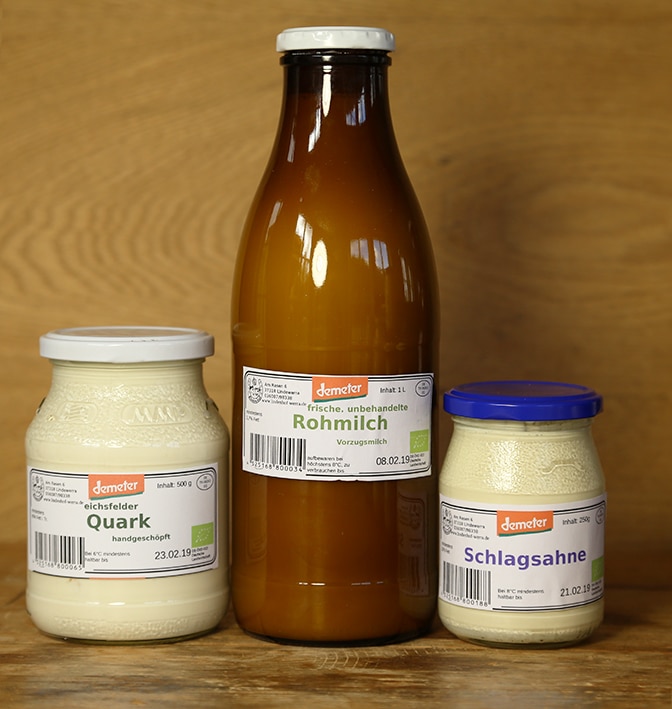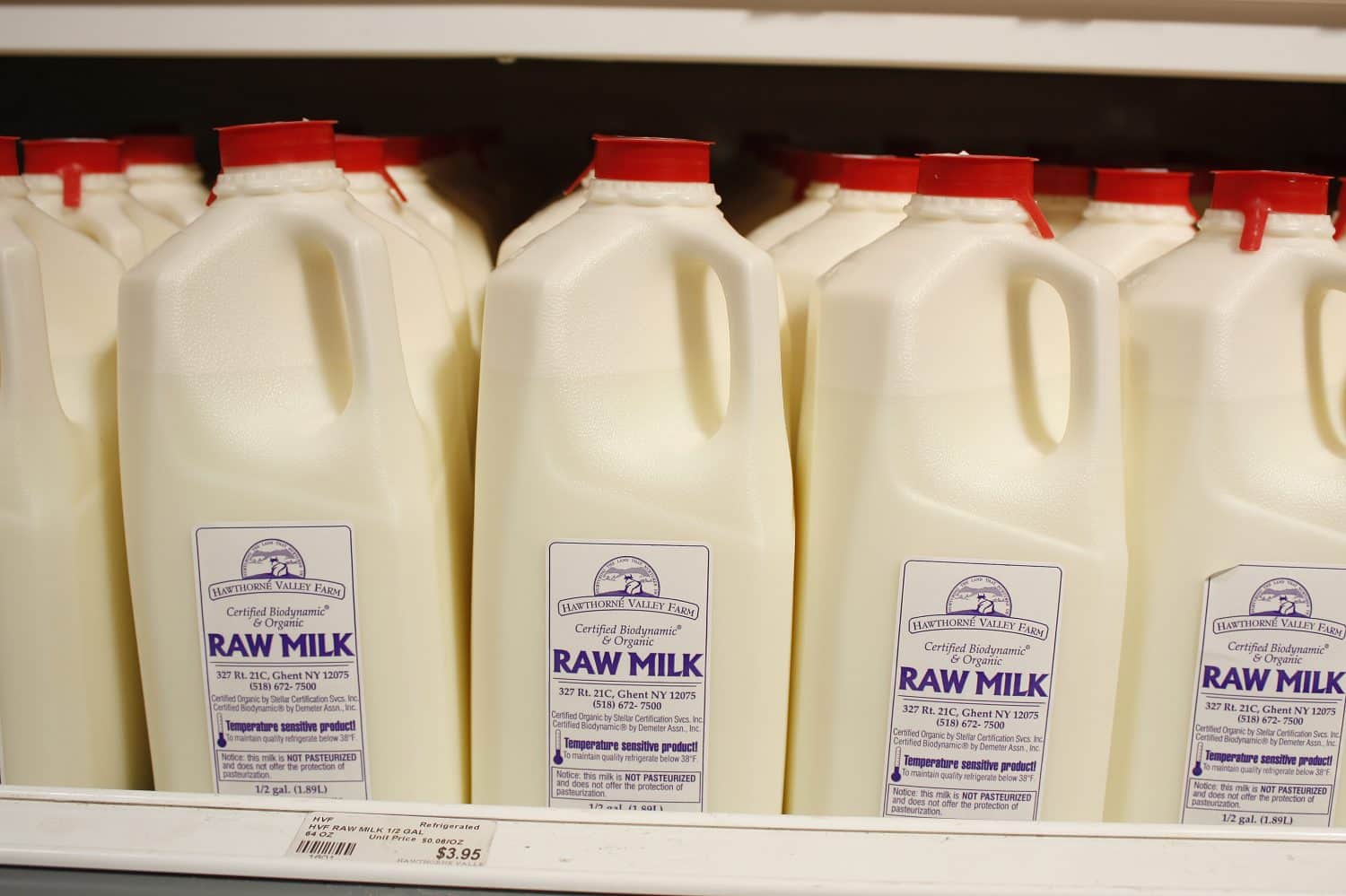Take home message
- The world is sinking into plastic. The makers of plastic say, recycling is the solution.
- in 2022, German documentary makers have investigated how recycling takes place and come to the conclusion: recycling our plastic is a big lie. It is a fairy tale, into which we are lured by advertising, reminded of our responsibility, to separate waste for a better future of our (grand)children. But it doesn’t work!
How much more time are we taking?
It is a well-known phenomenon: our society ‘solves its problems’ by taking a switch to the future. Or in other words, we are shifting the problem ahead of us to future generations. But how much time will they have to solve CO2 problems, rid the world of plastic or reduce nitrogen deposition? It is not just about plastic, it is also about our energy use, our consumption pattern, or finite resources.
Recycling plastic economy, fact or fiction?
Approximately 6 million tonnes (6,000,000,000 kg) of plastic waste is produced in Germany every year. Converted, this is over 72 kg of plastic waste per inhabitant per year. For 30 years, packaging has been equipped with a green label (grüne Punkt), which means that the producer contributes to the recycling of the material. An example of a covenant between government and industry. Germany has long worked with the yellow bag, fleece-thin rubbish bags in which only should contain recyclable waste (cans, plastic). In addition, of course, glass in the bottle bank and green waste in the green bin. Theoretically, this leaves a fourth residual flow, which ends up in the grey bin. In a series of huge separation machines, the recyclable waste from the yellow bag is shredded and separated. On conveyor belts, people stand to grab by hand the remains of faulty plastics. In the end, there are many fractions of waste: types of plastic, cans, polyethylene (mostly detergent packaging), etc. The tragedy is, however, that only 5% of this plastic waste is used to make new plastics from, and especially from the polyethylene packaging. It should not be used for food: too inferior (multiple layers) and too contaminated (printed, colour). Our plastic yoghurt cups (as an example) therefore actually always stem from new virgin raw materials.
Plastic and oil
New plastics are made from petroleum. The oil and chemical industries make a lot of money making new plastics. It is cheap, pure and thus can compete extremely well against all the inferior plastic that comes from recycling. Every year, 400 million tonnes of new plastic (400,000,000,000 kg) are produced worldwide, with sales continuing to grow every year. For oil producers, this is an important outlet and source of income.
Words like ‘reusable, recyclable’ only indicate, that the possibility of reuse exists. It does not mean that this actually happens. If the recyclable plastic is of too poor quality, then you can only ‘down-cycle’ it, convert it into an inferior plastic, such as plastic girders for train tracks. No more oak beams or a concrete girder, but one made of plastic. All in all, for almost a gold price, because the subsidies to make such alternative plastic girders are huge. By not recycling but down-cycling, a total of about 40 per cent more of plastic waste gets lost in products like these plastic girders. No cycling, and no more than 5% is really used as 2nd hands packaging. We believe in reuse, but in practice, more than 90% of plastics are remade from new raw materials every year. The way we handle our waste separation in the hope of entering a recycling economy is therefore a form of green-washing, it is a belief.
Besides down-cycling, plastic waste finally disappears into incinerators anyway. For example, for the very energy-consuming production of cement. The crazy thing about this is that it takes a lot of added energy to turn the plastic waste into a fuel. The world turns upside down, when these days the cement producer gets paid to use the waste plastic as an energy source. Adding money to make cement. Plastic waste, meanwhile, accounts for 70% of energy costs to produce cement in Germany.
In other places, the plastic waste is used to generate electricity and hot water, none other than classic coal-, lignite- or gas-fired power generation. Power from residual plastic is presented as a form of ‘green energy’. The green label is obtained because such plants ‘solve’ the waste problem from cities, despite the fact that plastic has petroleum at its origin. There is a growing mountain of plastic waste, which has to be destroyed by fire.
Export of plastic waste: greenwashing
By German definition, exports of residual plastic also fall under the heading of ‘recycled’. However, here it becomes completely obscure about which cycle we are still talking about. Until 2018, plastic waste went from Europe and the US to China in huge shipping containers. Now these borders are closed. Poorer Asian countries became the new outlets for our plastic waste, but Turkey also signed up since 2020. By road, plastic waste is even illegally smuggled into Turkey. In Western Europe, we have banned the dumping of plastic any longer; in Turkey, a lot of money is made illegally by dumping and burning Western waste. There are known places, where for four months there was a choking, black smoke from plastic burning in the open air. Mountains of some kind of ash mixed with remnants of plastic are left behind in the landscape.
The problem lies in the huge earnings from waste disposal, created by European governments. It leads to mafia-like practices to ‘get rid’ of waste anywhere in the world.
Why can’t recycling solve the plastic problem?
Industry keeps insisting that we are going to solve the waste problem (in the future) by closing the loop. However, what is not right here?
If you compare the cycle idea to the farm system in organic agriculture, it involves a cycle of degradable, organic matter, which is supplemented by minerals (usually lime, phosphorus and potash) from outside. The cycle is based on products that can be absorbed and processed in life. From a living soil grow fodder and food crops that feed farm animals and humans. Straw from the grains is mixed with manure and urine from the animals to return to the land in a cycle. An organic cycle.
This cycle in agriculture is in no way comparable to the word cycle in the plastics industry. The main problem is and remains, that plastic does not want to break down. In fact, there are always products left over that cannot be returned to the cycle: fly ash from household waste incineration, for example, is an unworkable, undegradable product that is put under highways. The only way to get rid of the problem is to avoid plastics. Technology cannot solve the problem, we need to get rid of our plastic addiction. Even until the mid-20th century, we could do without plastics, why shouldn’t we be able to do so now?





